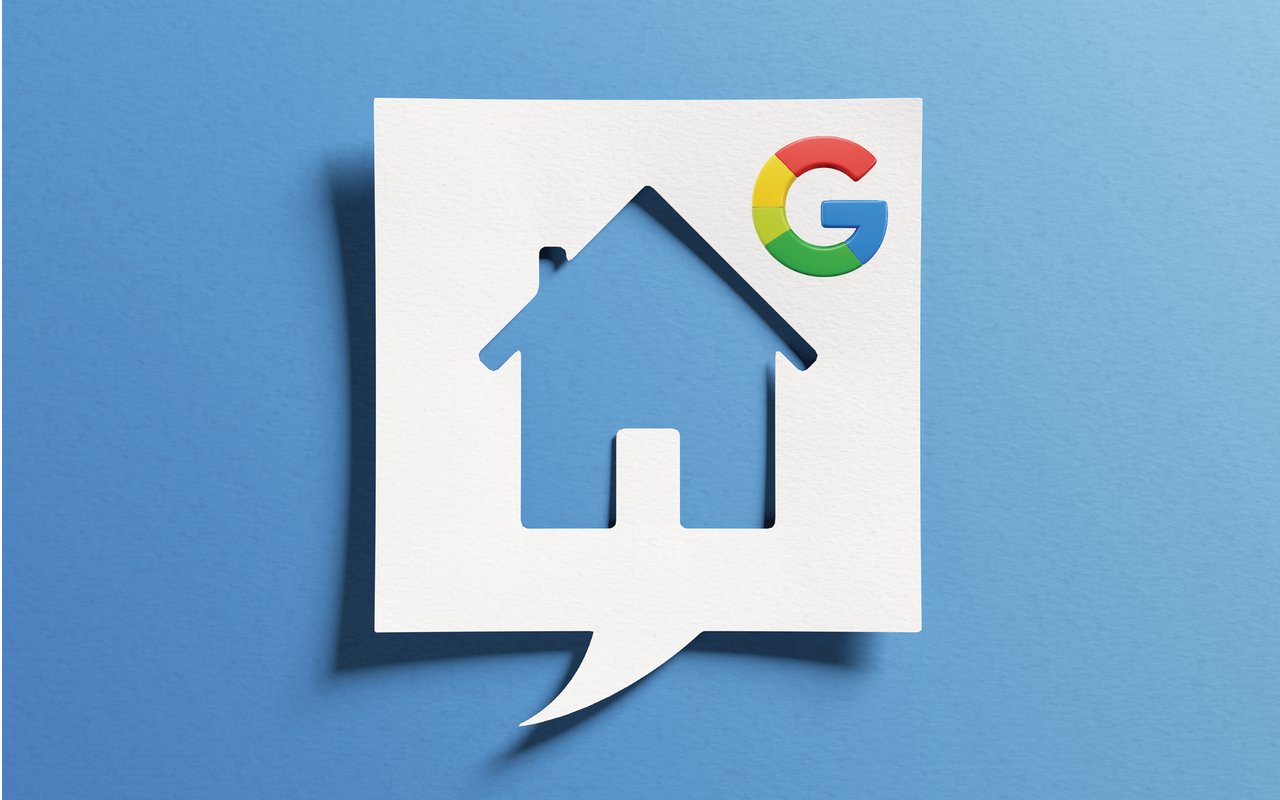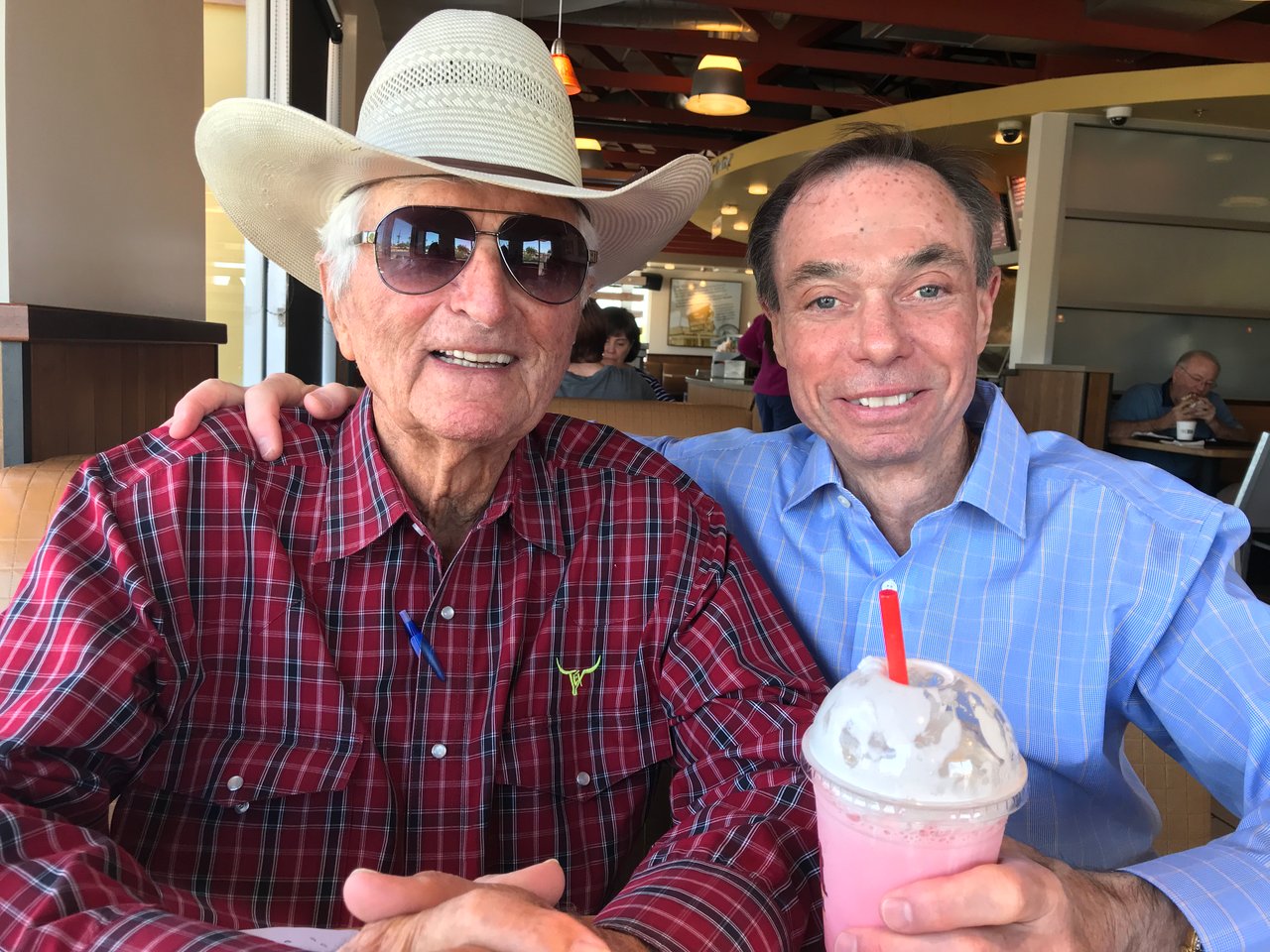Oct 20, 2022
We are experiencing the most unusual housing market in US history. I’ve never seen anything like it in my many years in real estate. It’s truly bizarre.
That’s why I wasn’t surprised when I saw a recent Bloomberg article titled, Here’s How Weird Things Are Getting in the Housing Market.
Is the housing market going to crash? All the experts have weighed in, but the truth is, nobody knows.
Bloomberg states, “Measures of affordability are worsening at their fastest pace on record. Spreads on mortgages and benchmark interest rates are reaching levels unseen in decades, while the volume of new sales is slowing at a faster pace than during the aftermath of the global financial crisis. So does this mean that home prices are about to collapse? That’s one possibility. But another possibility is that the housing market just gets weird.”
James Egan, Morgan Stanley’s US housing strategist, predicts a modest home value decline of 3% by December 2023. Others predict a more precipitous decline, like Wharton School of Business professor Jeremy Siegel. He recently commented on CNBC that if interest rates continue to escalate, we could experience the second-largest decline in home values since WWII.
Even though mortgage rates have spiked, putting a serious damper on affordability, Egan says the main reason we won’t have another disaster like the 2008 subprime mortgage bubble is that today there are very few “forced sellers” (most homeowners have experienced rapid price appreciation and have a significant equity cushion).
But he also admits, “A lot of statistics we use to forecast housing activity are at levels that we either haven’t seen before, or if we’ve seen them, we haven’t seen them for decades. To understand where house prices are heading, my team looks at four key things: Supply, demand, affordability, and credit availability. While the first two components don’t tend to change quickly, affordability and credit availability can move rapidly. And that’s exactly what we’re seeing now.”
One thing is for sure – there is an overwhelming number of homeowners who locked in mortgages while rates were rock bottom and their home equity is high, so most are pretty well insulated, even if there is a major downturn. But the negative side is what Egan calls the “lock-in effect.”
He says, “To sell their homes, current homeowners would have to take out a mortgage that might be 200-300 basis points (2-3%) higher than their current mortgage and sell their homes at a lower price point. They’re just not going to be willing to do that. And so there’s a chance we may be heading into uncharted territory, where measures of housing activity deteriorate rapidly, even as prices stay firm.”
What do I think? I think the Fed made a big mistake.
We live in a country that has long encouraged homeownership. I believe there are three main benefits: the PRIDE of homeownership and the ability to “make it your own,” the SECURITY of knowing a landlord can’t raise the rent or kick you out, and, historically speaking, the great amount of WEALTH that can be gained through owning property.
The VA Loan Program, tax-deductible home loan payments, first-time homebuyer credits, and a variety of other incentives have been designed to help everyone attain this “American dream.”
But now that dream may become a nightmare for many.
Raising rates has traditionally been the Fed’s go-to weapon to battle inflation. Currently, the rate on a 30-year fixed mortgage is about 7%, which has decimated buyer demand. The mistake is that the Fed is trying to use an old solution to solve a new problem, which is not demand, but rather a lack of homes for sale.
When COVID-19 hit in March of 2020, the number of homes for sale plummeted as many homeowners were afraid to show their homes. Then, when the Fed took action to decrease interest rates to help the economy, increased homebuyer demand kept the number of available homes at low levels. That’s been the problem over the past 18 months: the reason homes have skyrocketed in price (fueling inflation).
The government should have increased the supply of housing by temporarily waiving the “two-year rule” that allows a $250,000/$500,000 tax-free gain on home sales. That way, homeowners could cash in on a tax-free gain without having to live in the home for a minimum of two years.
The number of homes for sale would have skyrocketed, particularly if the IRS had allowed this exception for a short period of time, like 6-12 months. And, it would have cost no tax revenue because the homeowners who sold would not have been selling until they reached the two mark.
My point is that old solutions don’t always fix current problems. That’s what the Fed is trying to do, and it could take away the American dream.
Watch the new 72SOLD Fall 2022 National Housing Market Update below. It gives you the charts and statistics showing how increased interest rates are impacting housing sales and home values.




